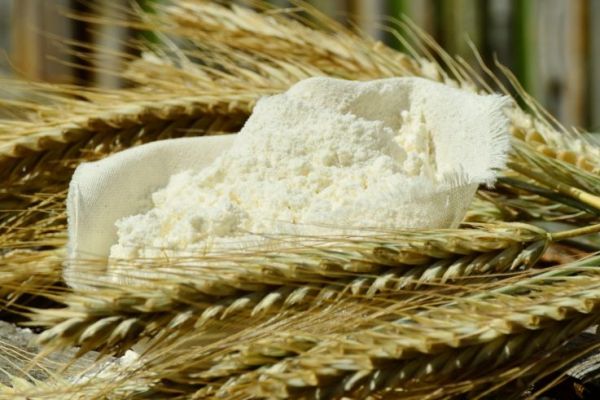Forests engulf fields that used to produce some of the world’s best tobacco, around the northern town of Banket, in Zimbabwe, while barns that once stored the leaf stand empty, their corrugated iron roofs ripped off and sold for scrap. Most of the farm workers have left.
“We are 15 here now, from roughly 50,” said 25-year-old Bruce Mahenya, who lives in a mud-and-grass hut behind a defunct trading store on a farm about 95 kilometres (60 miles) north-west of the capital, Harare. “My mother, father and brother have gone. I said I would remain alone in case things get better, but it’s hard.”
It’s a familiar story across vast tracts of Zimbabwe, where President Robert Mugabe’s goal of transforming the countryside through the seizure of about 4,500 white-owned commercial farms remains elusive. Some of the best acreage fell into ruin because the senior ruling-party officials who took it over had no farming expertise. Other farms also failed because they were given to small producers with no money to pay for fertiliser and equipment. In recent years, the crisis has been compounded by drought, followed by torrential rains.
Many of those who have abandoned their farms joined an exodus of an estimated three million Zimbabweans to South Africa and other countries, or moved to overcrowded urban townships. As many as four million Zimbabweans – about a quarter of the population – need food aid, according to the government.
No Assistance
“We thought when we were placed there that we’d be helped, but no, we were just left,” said Alec Kaitano, a 23-year-old who abandoned his smallholding outside the north-eastern town of Bindura a year ago and survives by selling blemished fruit he finds in garbage cans in Harare. “Those white farmers we displaced had money to farm, but we didn’t, so we failed.”
United Nations data shows that the proportion of the population living in towns surged to about 32% in 2015, from 11% in 1950 – a trend that’s broadly in line with other African countries. While more recent data isn’t readily available, observations of the countryside and anecdotal evidence suggest that migration is accelerating.
Fields bordering a highway linking Harare and the second city of Bulawayo that used to be planted with corn, soy and cotton are now overwhelmingly fallow, and police officers manning roadblocks along the 366-kilometre route outnumber farm workers and pedestrians.
Addressing Injustices
Mugabe, who’s ruled Zimbabwe since independence in 1980, says that the land-redistribution programme that intensified around 2000 with the expropriations is a success because it addressed the injustices of colonial and white-minority rule.
“Most of the land which used to be in the hands of the settlers is now in the hands of our own people,” Mugabe told the state-owned Zimbabwe Broadcasting Corp. in an interview screened on 21 February, to mark his 93rd birthday. “What there is now for us is to ensure there won’t be any retrogression, that those who have been given the land will keep it, will use it, cultivate it properly, and ensure it is made productive.”
The government is aware that some land is standing idle and will take action once it completes an audit to determine the scope of the problem, Lands and Resettlement Minister Douglas Mombeshora said in an interview.
Some small-scale tobacco growers who’ve benefitted from technical assistance and support from companies including British American Tobacco Plc are faring better than their more numerous counterparts who grow corn. Tobacco output has recovered from its lowest levels in 40 years, in the mid-2000s, and may reach near-record sales this year.
Drought, Rains
The government can do nothing about the weather. The region’s worst drought in at least two decades wiped out much of the corn crop last year, while this year’s harvests are at risk from unseasonably heavy rain that’s left fields waterlogged and rendered many rural roads unusable. Farms have also been hit by an infestation of fall armyworms, a caterpillar native to the Americas that eats crops including corn, the staple food.
Elliot Gumbo, who grows corn and tobacco on a smallholding near the northern town of Karoi, is among the dwindling number of small-scale farmers who continue to tough it out, but says that he doesn’t know how long he’ll last.
“Last year, we had a drought, and this year, the tobacco is turning yellow because we’ve had too much rain,” he said. “There’s no help from government because they’re also broke. I get help from my brother in Britain, who sends me money. If it wasn’t for him, I would have to probably try to find work in town or leave.”
News by Bloomberg, edited by ESM. Click subscribe to sign up to ESM: The European Supermarket Magazine.














